Sports Nutrition Updates
Sports nutrition was a hot topic at this years’ annual Food & Nutrition Conference & Exposition (FNCE), hosted by the Academy of Nutrition and Dietetics, the nation’s largest group of nutrition professionals. Here are a few highlights, to keep you up to date with current sports nutrition recommendations.
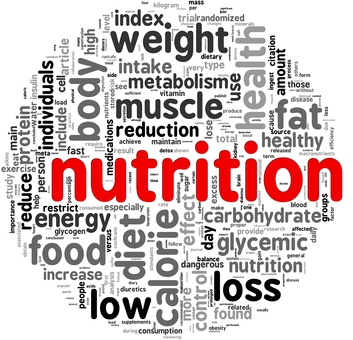 Performance enhancers
Performance enhancers
- Sport supplements that promise improved performance are always tantalizing. If they make as little as 0.5 to 1% improvement, the supplement is deemed to “work.” While scientists want well-controlled research studies to prove effectiveness, athletes respond very quickly to anecdotes—and often spend lots of money on what might be just a glimmer of hope. (In the four months leading up to the Olympics in 2000, one athlete spent $3,480 on supplements!)
- The Australian Institute of Sport is creating a website for grouping supplements according to effectiveness: Group A (proven to enhance performance), Group B (deserves more research), Group C (little proof of meaningful benefits) and Group D (Banned). Check it out at www.ais.gov.au/nutrition/supplements. The helpful information can help guide your supplement choices.
Vitamin Zzz, aka Sleep
- Sleep is one of the best performance enhancers. Lack of sleep has detrimental effects on performance. Athletes with good sleep quality are able to train harder, recover faster, and perform better. And take note: if you think you can drink coffee at night and still sleep fine, think again. Brain wave studies suggest otherwise…
- How much sleep is enough? More than 6 hours a night. Very few athletes can perform well with less than that. Top athletes commonly strive to get 8 to 10 hours of sleep each day, including a nap between 1:00 and 4:00 pm. (A later nap results in poorer sleep that night). Teens should target 8 to 10 hours and adults 7 to 9 hours. Lack of sleep can significantly impact your diet. After two nights with only 4 to 5 hours of sleep, the appetite increases about 20%. You’ll likely find yourself snacking more than usual (on fatty foods), eating fewer fruits and veggies, and consuming ~385 additional calories. Yikes!
- For good sleep information, visit centreforsleep.com and take the Athletes’ Sleep Screening Questionnaire. Athletes who understand the benefits of sleep tend to sleep about 20 minutes more. I hope this holds true for you!
Muscle building tactics
- When it comes to building muscle, you want to surround your workout with food, so you can get the most benefits from your efforts. Intermittent Fasters, take note: if you lift weights in a fasted state (without having eaten any pre-exercise fuel), the muscle-building effect of exercise is not enough to out-weigh the muscle breakdown that happens in a fasted state. Eat before you train!
- Many athletes assume if they fail to eat within 45 minutes of lifting weights, the anabolic (muscle-building) window slams shut. Wrong. Refueling either 1 or 3 hours post-exercise generates a similar gain in muscle protein synthesis. For the average exerciser, the effect of post-exercise protein timing on muscle growth is relatively small. For competitive body builders, the gain is also small but perhaps meaningful, so most prefer to err on the side of caution.
- Consuming post-exercise protein stimulates insulin secretion, as does carbohydrate. (Did you know that whey protein stimulates more insulin than white bread?) Insulin reduces muscle breakdown and enhances glycogen replacement. Refueling with a combination of protein + carb is best for athletes who do two-a-day workouts, to optimize glycogen replacement. Athletes who do only one workout and refuel with a sports diet based on grains, starchy vegetables and fruits can replenish depleted glycogen stores over the course of 24 hours.
- Does eating extra protein build bigger muscles? The body incorporates only a limited amount of protein into new muscle tissue. Spacing out protein intake by consuming 20 grams of protein every 3 hours (four times a day) is preferable to eating 80 grams in one dose. More specifically, athletes want to target 0.2-0.25 g pro/lb. body weight (0.4 to 0.55 g/kg) four times a day. This target varies from person to person. Vegans, for example, will want to consume a higher amount to get adequate leucine, an amino acid that triggers muscle growth.
Eating disorders in male athletes
- Eating disorders (EDs) are not just a female problem. About 9% of male athletes—as compared to about 21% of female athletes—struggle with food issues and restrict their food intake to lose undesired body fat. The lack of fuel available to support normal bodily functions impacts bone health and reproductive function in men, just as it does in women. In men, low energy availability can lead to low testosterone, poor semen quality, reduced sperm count, and slower sperm motility. In women, it shows up as loss of regular menses (amenorrhea), hence infertility.
- Compared to female athletes, male athletes can withstand more of a severe deficit before the appearance of symptoms such as low testosterone, bone stress injuries, and reduced bone density/poor bone health (osteoporosis). To reverse the energy deficit, athletes need to boost their energy intake, which can be easier said than done for those struggling with eating issues and fears of “getting fat.” One way to consume the recommended 350 additional calories per day is to break two energy bars into small bites, and nibble on them over the course of several hours. Men seem to be able to reverse the hormonal imbalance within days, while women can take months. Reversibility of bone density is not guaranteed.
Keto diet
- A ketogenic sports diet (moderate protein, very low carb, very high fat) appeals to some athletes. Yet, we need more research to understand the fine details of adaptation to the keto diet and the role of keto supplements. (Supplement sales vastly exceed the science!) Stay tuned; perhaps we’ll have more answers from next year’s FNCE!
Reprinted with permission from Nancy Clark.
Sports Nutritionist Nancy Clark, MS, RD counsels both casual and competitive athletes at her office in Newton, MA (617-795-1875). The new 6th edition of her best selling Sports Nutrition Guidebook addresses today’s questions and concerns about what to eat. For more information, visit NancyClarkRD.com. For her online workshop, visit NutritionSportsExerciseCEUs.com.
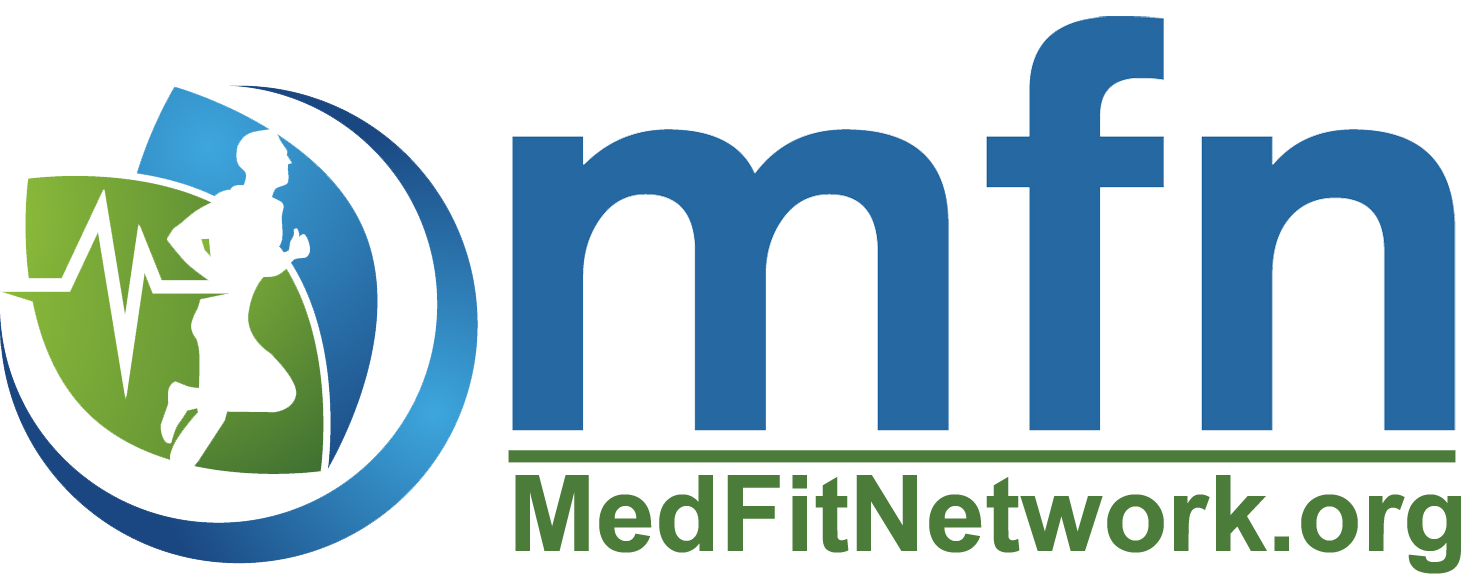
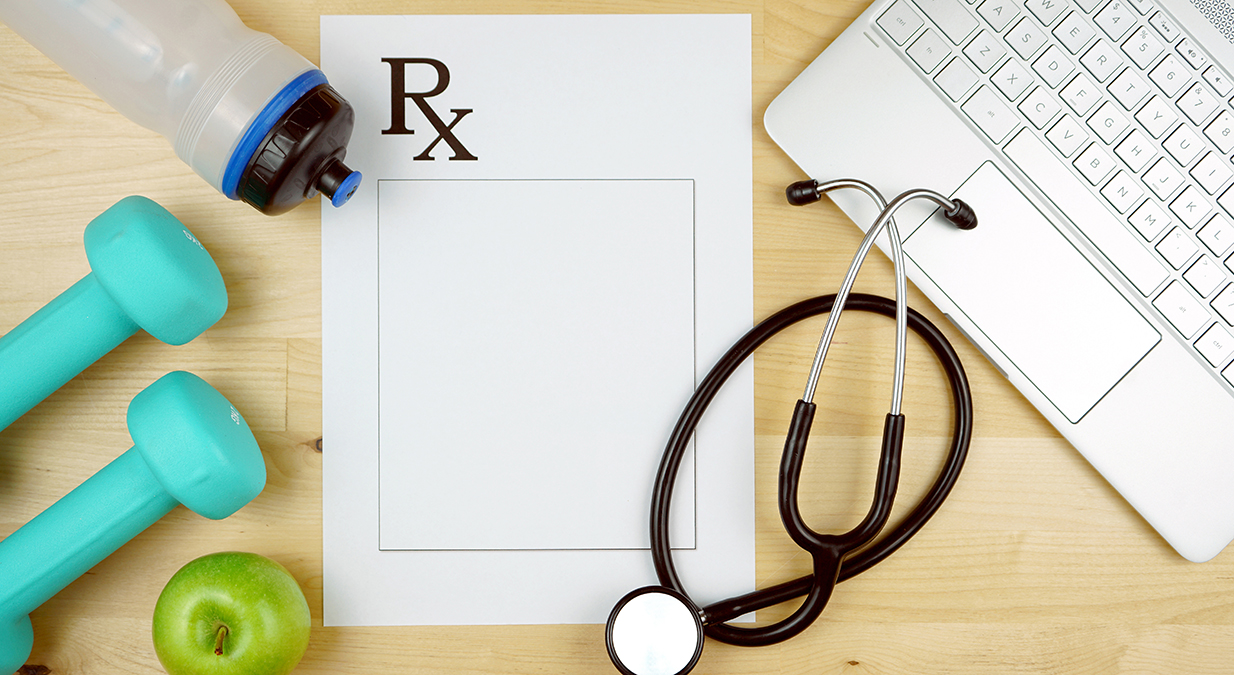

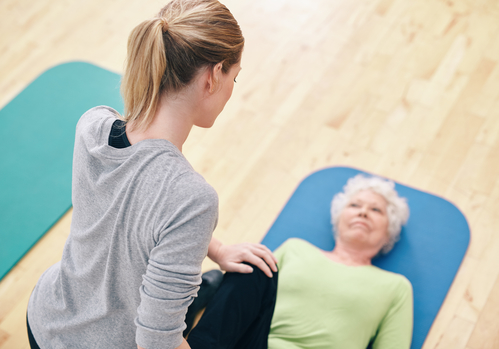
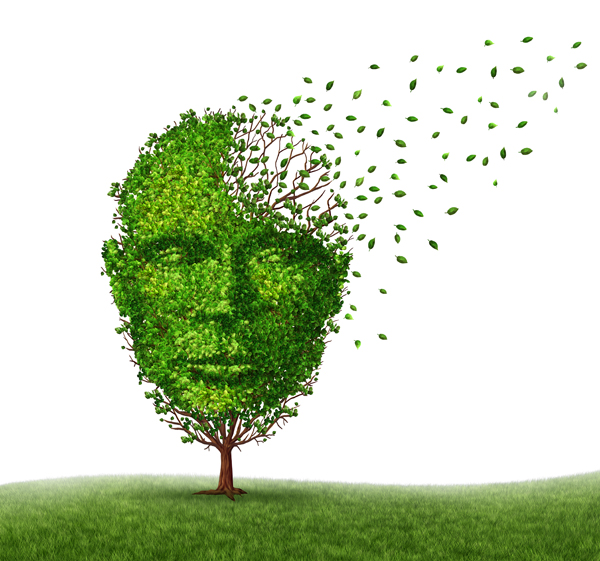
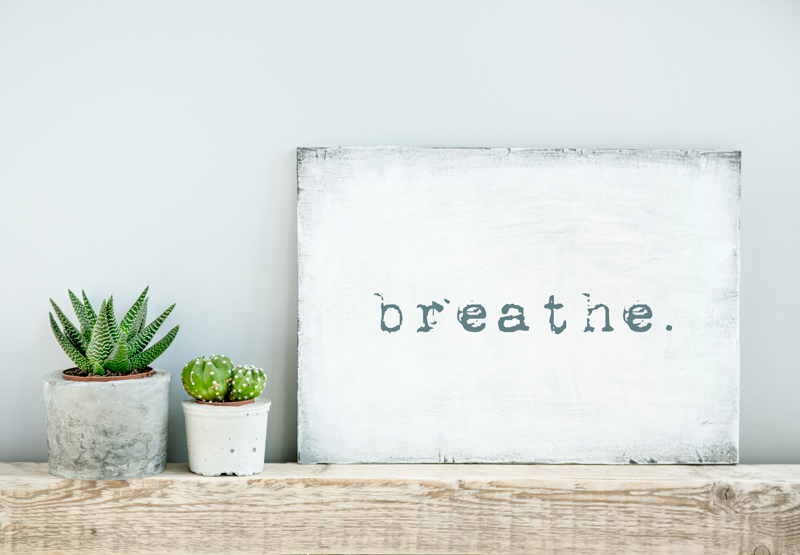

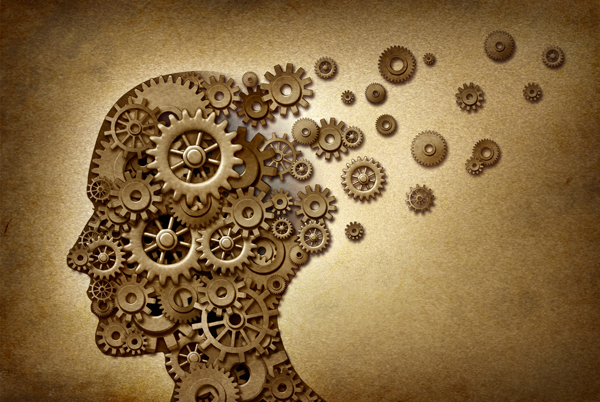
 Movement is one of the keys to preventing any disease, and encouraging at least three 30-minute sessions per week should be imperative. As diets, exercise regimes should be tailored to a patient’s needs and preferences. Instead of being made a chore, regular exercise should be an enjoyment and a clear avenue to improved overall health.
Movement is one of the keys to preventing any disease, and encouraging at least three 30-minute sessions per week should be imperative. As diets, exercise regimes should be tailored to a patient’s needs and preferences. Instead of being made a chore, regular exercise should be an enjoyment and a clear avenue to improved overall health.